We are focused on underprivileged emergencies, which means forgotten or left aside areas of crisis.
The philosophy of our Organization is not to act in scenarios of large “assisted” emergency, but to take care of minor and left aside crisis, normally residual for the International Community.
We have categorized the following nine types of emergencies as vertical section crossing the horizontal classical division among natural, man-made and complex emergencies:















